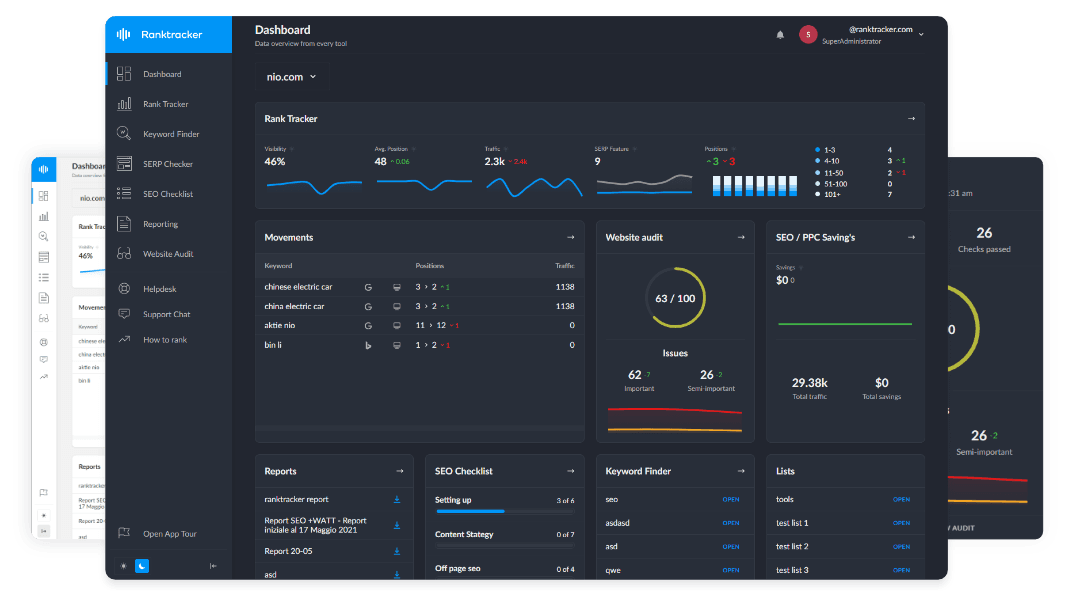Intro
Neural matching is a Google AI algorithm that helps search engines understand the meaning behind search queries and web content. It enables Google to match search intent with relevant pages, even when keywords don’t directly match.
Why Neural Matching Matters:
- Improves search accuracy for complex and ambiguous queries.
- Enhances semantic understanding of topics and relationships.
- Helps rank pages based on relevance rather than exact keyword matching.
How Google Uses Neural Matching
1. Interpreting Search Intent
- Google uses neural networks to analyze user queries.
- Identifies concepts behind words rather than just matching keywords.
- Example:
- Query: "Why won’t my laptop turn on?"
- Google understands it relates to troubleshooting laptop power issues, even if pages don’t use those exact words.
2. Understanding Synonyms & Related Terms
- Recognizes semantic relationships between words.
- Example:
- Query: "Best smartphone camera for night photography"
- Google ranks results for "low-light photography" even if the exact phrase isn’t used.
3. Matching Queries to Content Beyond Keywords
- Looks at entire content context rather than keyword density.
- Helps long-tail queries find relevant results.
Neural Matching vs. Other Google AI Algorithms
| Algorithm | Purpose |
| Neural Matching | Understands query-to-content relevance beyond keywords. |
| BERT | Analyzes word relationships and sentence context. |
| RankBrain | Adjusts rankings based on user engagement metrics. |
| MUM | Multitask model for cross-language and multi-modal understanding. |
How to Optimize for Neural Matching
✅ 1. Write for Search Intent, Not Just Keywords
- Use conversational, natural language.
- Cover questions and answers within content.
✅ 2. Focus on Topic Clusters & Entity Optimization
- Structure content into pillar pages with supporting subtopics.
- Use semantic keywords and related entities.
✅ 3. Optimize for Semantic Relevance
- Include synonyms, LSI keywords, and contextual terms.
- Example: Instead of repeating “SEO tools”, use “keyword research software,” “rank tracking solutions,” etc.
✅ 4. Improve Readability & UX Signals
- Google analyzes user engagement metrics to refine results.
- Ensure easy-to-read formatting, bullet points, and headings.
Tools to Track Neural Matching Optimization
- Google Search Console – Monitor search query changes.
- Ranktracker’s Keyword Finder – Identify semantically relevant keywords.
- Google NLP API – Analyze content for topic relevance.
Conclusion: Adapting to Neural Matching for SEO Success
Neural matching helps Google connect search queries with relevant content even when exact keywords don’t align. By focusing on semantic SEO, topic relevance, and user intent, you can improve rankings in an AI-driven search landscape.
For expert SEO tools, explore Ranktracker’s advanced SEO solutions and enhance your search visibility today!

